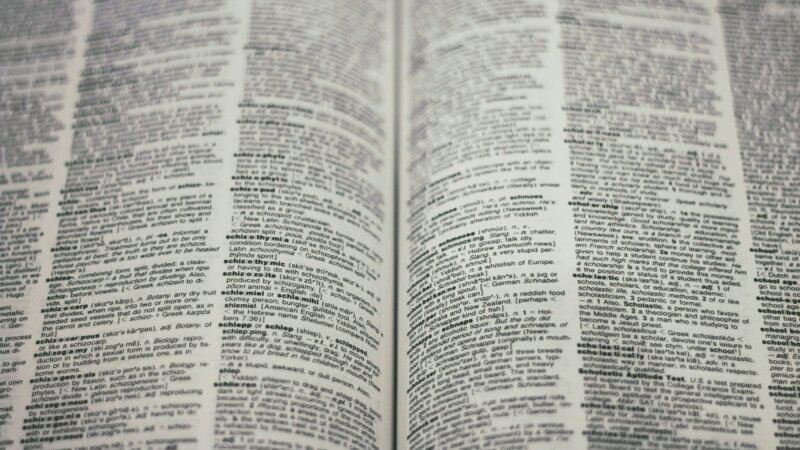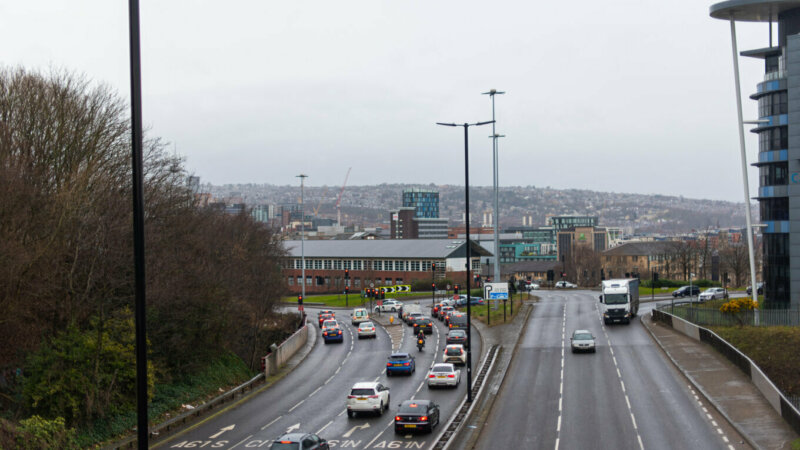Women of Steel: How two World Wars changed society’s perception of women in the North forever
Michelle Rawlins’ book illustrates the captivating stories of strong independent women through more than 20 interviews filled with experiences from the Second World War to the modern day.
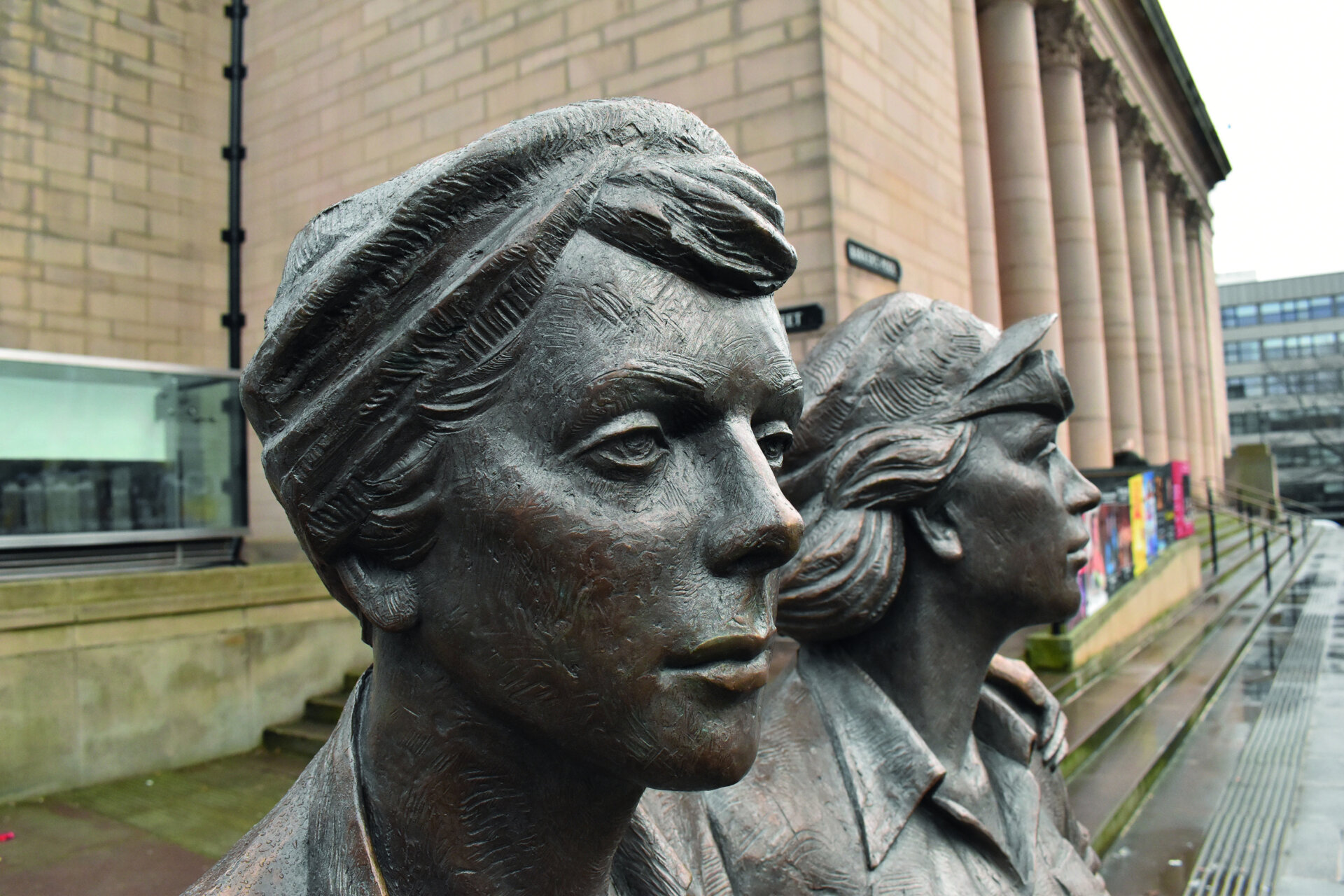
Women of Steel statue by Martin Jennings, located at Barker's Pool in Sheffield city centre.
Ever since I started studying journalism at the University of Sheffield, I have heard countless times the same affirmations coming from one of my news writing and media law lecturers, Michelle Rawlins.
But strict rules like ‘write short sentences’ and ‘keep it tight’ were broken the moment she published a book about women during war in what is perhaps every journalist’s dream - to lose any restrictions on word count and write freely about your passions.
“I’m just really in this spare room. It looks terrible,” said Rawlins at the beginning of our chat, after mentioning how the lack of books makes the room seem very empty. “I told my husband to decorate it while I was away. We’re mid-decorating, and somehow we started decorating two other rooms. It’s just chaos.”
Rawlins reads two books a week, one contemporary fiction for pure escapism and the other always about the Second World War. “I read loads. It’s my absolute favourite thing when I am not working.”
Her new book, Women of Steel: The Feisty Factory Sisters Who Helped Win the War, depicts tales of the impact of war far from the battlefield, focussing on the stories of the women without whose effort war would have been impossible.
“It talks about how women’s lives changed from the start of war, working in the steel factory, how they kept their morale, how it was [...] with their loved ones being away. It also talked about the end of war and what the women were left with afterwards.”
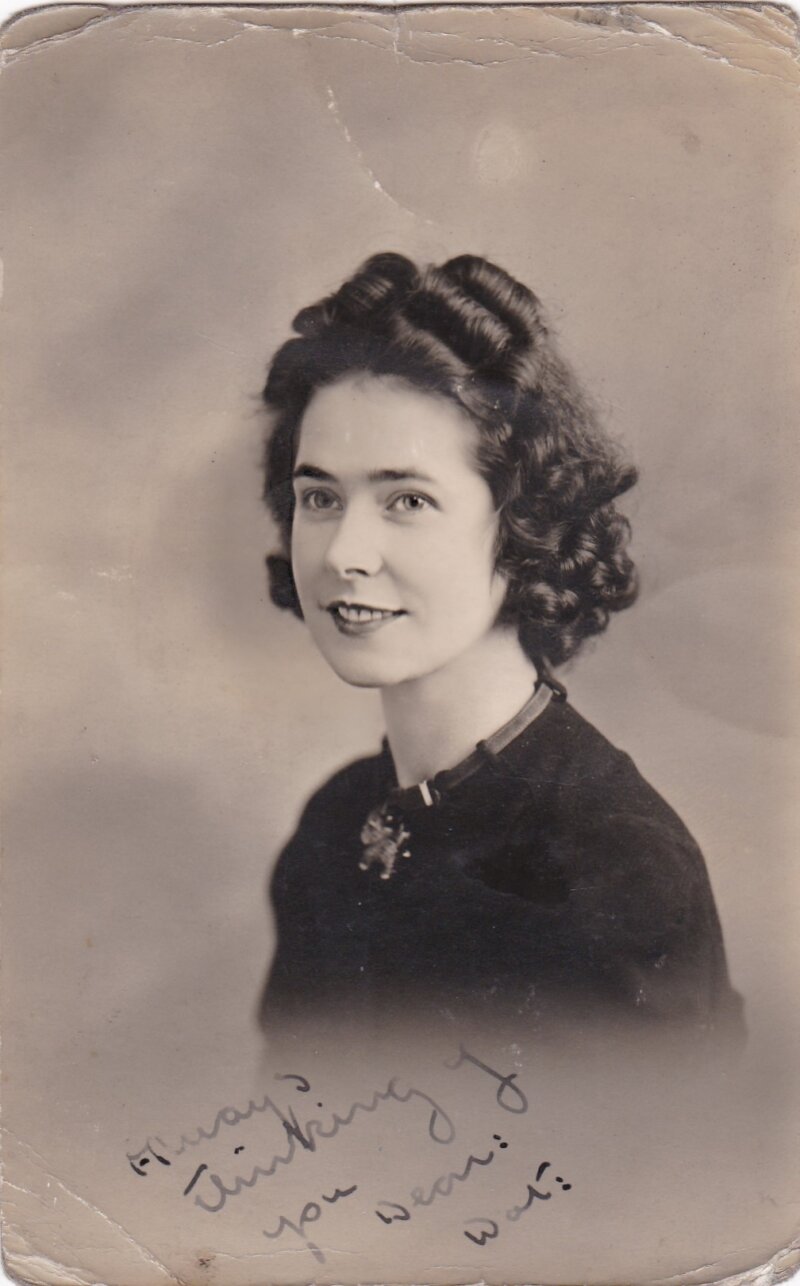
Dot Reardon - interviewed for the book at the age of 105 - in 1945.
For a long time, women’s contributions during war were forgotten. In the North, they worked hard in the steel industry for 12 hours a day, overtaking their husbands’ jobs by manufacturing the tools of war and running factories by themselves.
“These women worked ridiculously hard,” said Rawlins. “Much harder than I’ve ever worked; I’ve never had to work 12 hours in a dangerous factory where your ears are bursting with noise.”
After the war, women went back to being homemakers, ‘good wives’ with children and a constant support to their male counterparts. “Their role as strong independent women was forgotten about.”
Most women lost their jobs and they had men to look after who were emotionally broken, so their new role became caring for their husbands and brothers.
Rawlins interviewed more than 20 women from the North for the book, all with unique stories about factory work or life during the Blitz.
“I had a real interest in the ‘Women of Steel’. I followed their campaign since the Sheffield Star launched it right until the statue was unveiled. I was just shocked there was not a book written on them.”
The campaign started with a phone call to the Sheffield Star in October 2009 by Kathleen Roberts and ended six years later with fundraisers to build a statue of recognition for female steelworkers, which now stands at Barkers Pool, outside Sheffield City Hall.
A journalist for 24 years, Rawlins didn’t find the shift from
crafting snappy copy to becoming a writer very difficult. On the
contrary, she lived every journalists’ dream by not being limited to a
specific word count, only restricted to her own satisfaction.
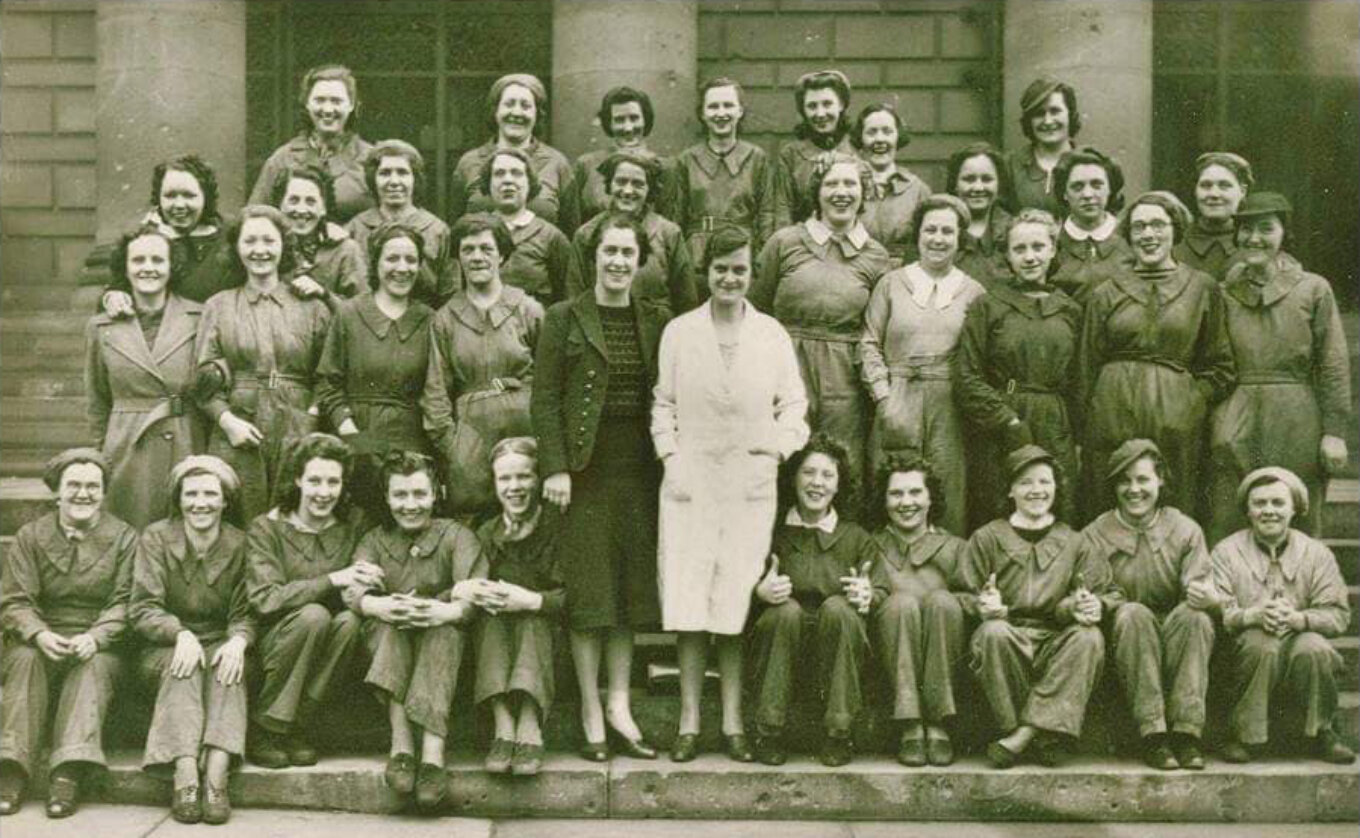
A group of women outside English Steel Corporation during World War Two, featuring Doris Evans (back row centre, behind the women in white), who features in Rawlins' book.
Admitting that publishing in the UK is difficult, with editors receiving thousands of books, her experience in journalism only helped her make contacts within the industry, making the process of getting publicity for her book easier.
The publishing and media worlds have always been London-centric, but Rawlins notes this is changing.
“We have to move away from that, especially in a digital world. We have to talk about things that are outside London. The world doesn’t end where the M25 finishes. We’ve got to celebrate all the talent outside the capital city.
“I’ve never worked in London in all my years as a journalist or an author. It’s never stopped my career. As a freelancer I was hugely successful and then took the role at the university.”
Will she write another book in the foreseeable future?
“I am not ready to let Women of Steel go yet.”



